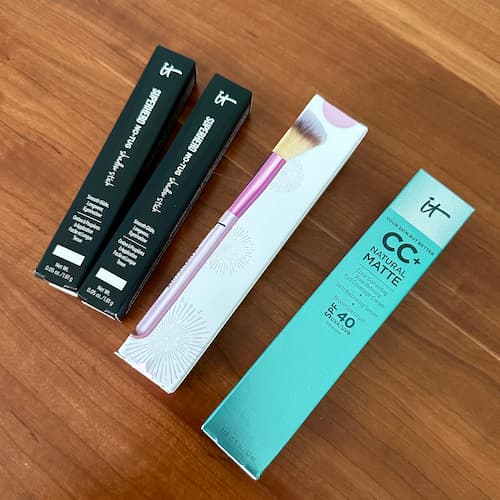Whether you’re just arriving here directly from Index Funds or you’ve read through the basics of investing and decided you want to take the easy way after all, no problem—target date funds are the easiest investment choice you’ll ever need to make.
Target date funds are my favorite investment of all because they embody the 85 Percent Solution: not exactly perfect, but easy enough for anyone to get started—and they work just fine.
The most beneficial part of the book for me was the section that explained the basics of what you really need ina retirement account and the 85 Percent Solution that helps you get your investments “good enough,” so you’re not stressing about which type of fund to choose. I like the idea that taking action and picking some type of basiclifecycle [target date] fund is better than getting stuck in analysis-paralysis and not saving.
—KAREN DUDEK-BRANNAN, 37
What are Target Date Funds?
Target date funds are simple funds that automatically diversify your investments for you based on when you plan to retire. (Let’s assume you’ll retire at age 65 throughout this book.) Instead of you having to rebalance stocks and bonds, target date funds do it for you. If more Americans owned target date funds, for example, during the last recession far fewer retirees would have seen precipitous drops in their retirement accounts, because the target date funds would have automatically changed to a more conservative asset allocation as they approached their golden years. Target date funds are actually “funds of funds,” or collections made up of other funds, which offer automatic diversification. For example, a target date fund might include large-cap, mid-cap, small-cap, and international funds. (And those funds, in turn, will hold stocks from each of those areas.) In other words, your target date fund will own many funds, all of which own stocks and bonds. It sounds complicated, but believe it or not, this actually makes things simple for you, because you’ll have to own only one fund, and all the rest will be taken care of for you.
Target Date Funds vs Index Funds
Target date funds are different from index funds, which are also low cost but require you to own multiple funds if you want a comprehensive asset allocation. Multiple funds mean you have to rebalance your funds regularly, usually every year, which is a laborious process of redistributing your money to different investments so you get back to your target asset allocation (or your “pie chart” of stocks vs. bonds vs. cash). What a pain.
Luckily, target date funds automatically pick a blend of investments for you based on your approximate age. They start you off with aggressive investments in your twenties and then shift investments to become more conservative as you get older. You do no work except continuing to send money into your target date fund.
Are Target Date Funds For You?
Target date funds aren’t perfect for everyone, because they work on one variable alone: when you plan to retire. If you had unlimited resources—more time, more money, and more discipline—you could conceivably squeeze out slightly better returns by building a custom portfolio based on your exact needs. But while we all grew up with our parents telling us we were special and different, the truth is that most of us are mostly the same. And very few of us have the resources or desire to constantly monitor our portfolios. That’s why target date funds are great: They’re designed to appeal to people who are lazy. In other words, for many people, the ease of use of these funds far outweighs any minor loss of returns that might occur from taking the one-size-fits-all approach. In my opinion, if it means it will get you investing, the benefits of having one fund that handles all of your investments make up for any shortcomings.
Conclusion
Target date funds aren’t all created equal—some of them are more expensive than others—but as a general rule, they’re low cost and tax efficient. Best of all, they take no work beyond automatically contributing money once a month, quarter, or year. You won’t have to actively invest and monitor and rebalance on your own, because target date funds handle the messy work for you. Cool, right?
One thing to note is that you’ll need between $100 and $1,000 as a minimum to buy into a fund. If you don’t have it, make it a savings goal. Once you save the minimum needed to invest, you can open your fund and set up an automatic transfer each month. I cannot recommend target funds enough. They’re easy, low cost, and they simply work.
100% privacy. No games, no B.S., no spam. When you sign up, we’ll keep you posted
























